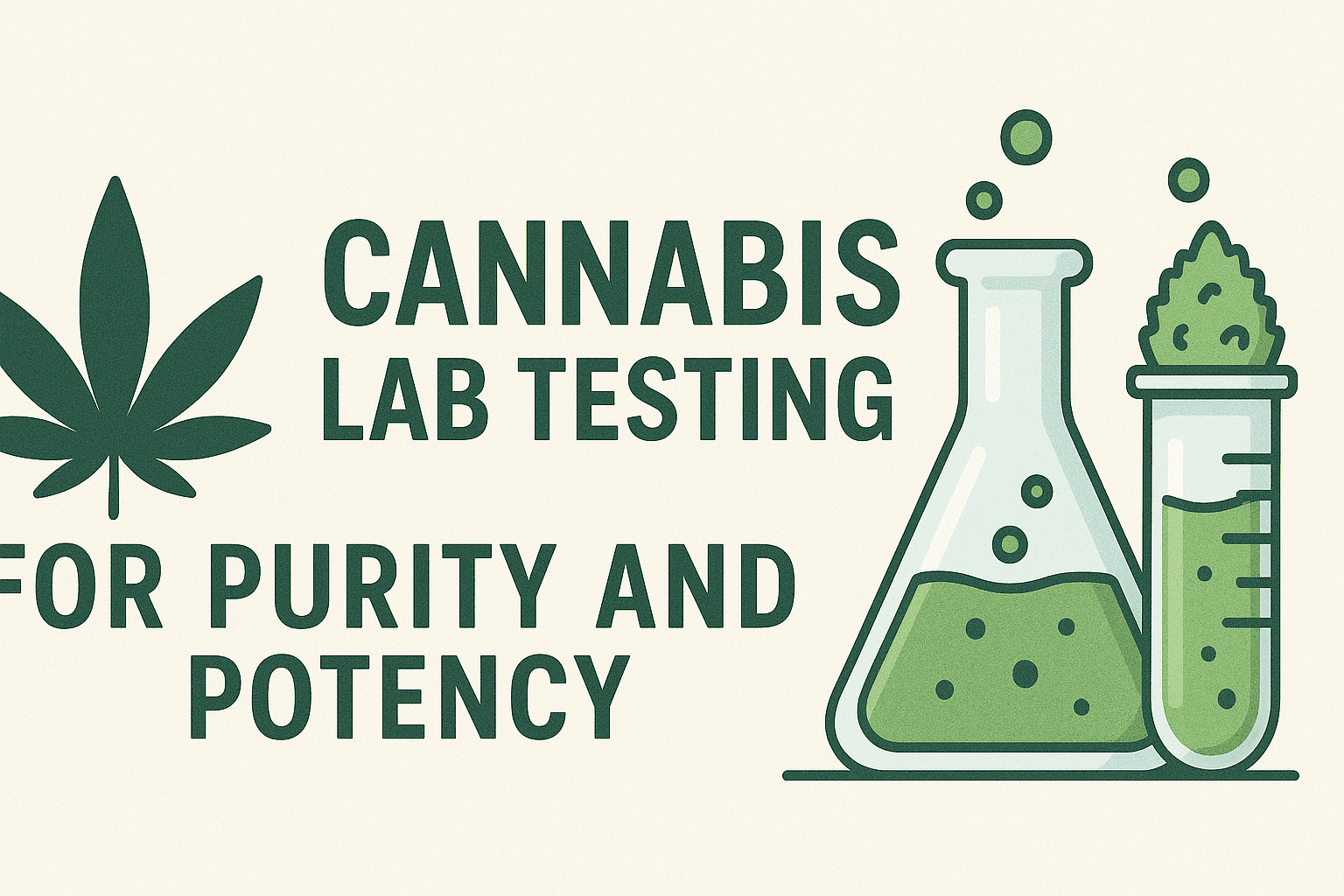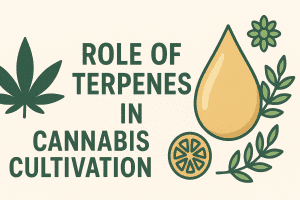As the cannabis industry continues to grow, ensuring product safety, consistency, and quality has become a top priority. One of the most crucial steps in this process is lab testing. Through precise scientific methods, laboratories evaluate cannabis for both purity and potency, helping consumers make informed choices and protecting them from contaminants. In this article, we’ll explore the most reliable testing methods used today and why they matter.
Why Lab Testing Matters
Lab testing ensures that cannabis products are safe for consumption and accurately labeled. Whether it’s a medical patient or recreational user, knowing what’s in a cannabis product is essential for dosing and avoiding adverse effects. Purity testing screens for harmful substances like pesticides, mold, heavy metals, and residual solvents. Potency testing determines the concentration of active cannabinoids such as THC and CBD.
Without rigorous testing, consumers are left vulnerable to mislabeled or contaminated products. Regulatory compliance also depends on lab results—licensed producers must meet strict standards before products reach the market.
Cannabinoid Potency Testing
High-Performance Liquid Chromatography (HPLC)
What it is:
HPLC separates and quantifies individual cannabinoids at room temperature.
Why it’s best:
Unlike gas chromatography (GC), HPLC doesn’t require heat, which can degrade or alter cannabinoid compounds, particularly acidic forms like THCA and CBDA. This makes it ideal for precise measurement of total cannabinoids in their raw form.
Gas Chromatography (GC)
What it is:
GC vaporizes cannabinoids for analysis.
Pros and cons:
- While effective for decarboxylated compounds (THC, CBD), the heating process converts acidic cannabinoids, making it less reliable for profiling the full spectrum.
Purity Testing Methods
Pesticide Screening – Liquid Chromatography–Mass Spectrometry (LC-MS/MS)
What it is
Combines liquid chromatography with mass spectrometry for high sensitivity.
Why it’s best
It can detect pesticide residues down to parts per billion. This method is essential because some pesticides become toxic when burned or inhaled.
Heavy Metal Testing – Inductively Coupled Plasma Mass Spectrometry (ICP-MS)
What it is
Uses plasma to ionize the sample and mass spectrometry to measure trace metals.
Why it’s best
Extremely sensitive and accurate for detecting lead, arsenic, mercury, and cadmium—metals known to accumulate in cannabis due to soil contamination.
Microbial Contamination – Polymerase Chain Reaction (PCR) and Plate Culturing
PCR
Rapidly amplifies microbial DNA for quick detection.
Plate Culturing
Identifies live bacterial or fungal colonies over several days.
Why it’s best
PCR provides fast results; plate culturing confirms viability. Together, they offer comprehensive screening.
Residual Solvent Testing – Gas Chromatography with Flame Ionization Detection (GC-FID)
What it is
Detects solvents left behind in cannabis extracts.
Why it’s best
GC-FID is sensitive and efficient, making it ideal for screening popular extraction solvents like butane, propane, and ethanol.
Terpene Profiling
Terpenes are aromatic compounds that influence cannabis flavor and therapeutic effects. They’re tested using Gas Chromatography-Mass Spectrometry (GC-MS), which provides a detailed breakdown of the terpene profile. This data helps inform product selection, especially for users targeting specific effects like relaxation or focus.
Standardization and Accreditation
Reliable cannabis labs follow ISO/IEC 17025 accreditation standards, ensuring consistent protocols and validated methods. Standardization across laboratories builds consumer trust and streamlines compliance with national and international regulations.
Lab Testing Overall
Scientific lab testing is essential for a transparent, safe, and effective cannabis market. Techniques like HPLC, LC-MS/MS, and ICP-MS provide reliable data on potency and purity, safeguarding both users and brands. As regulations evolve, advanced testing will remain the cornerstone of consumer protection and product innovation in the cannabis industry.


